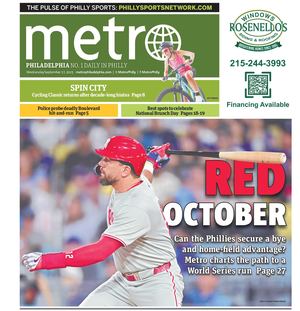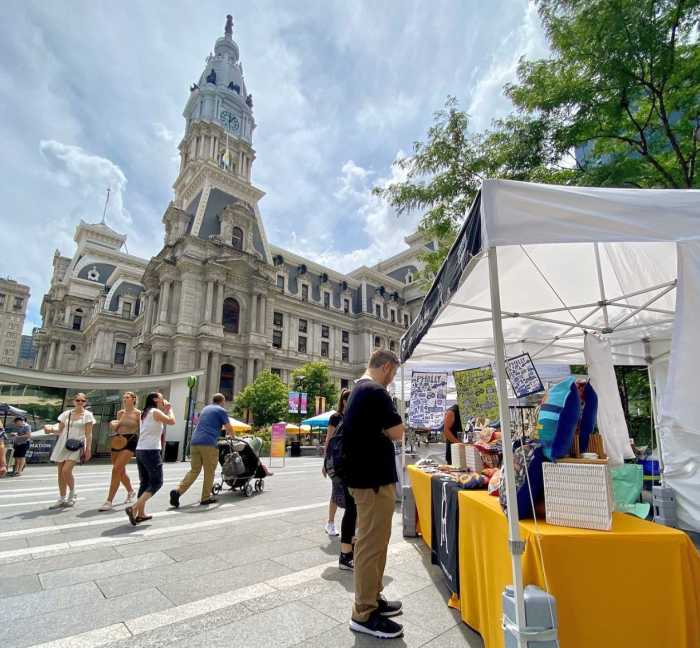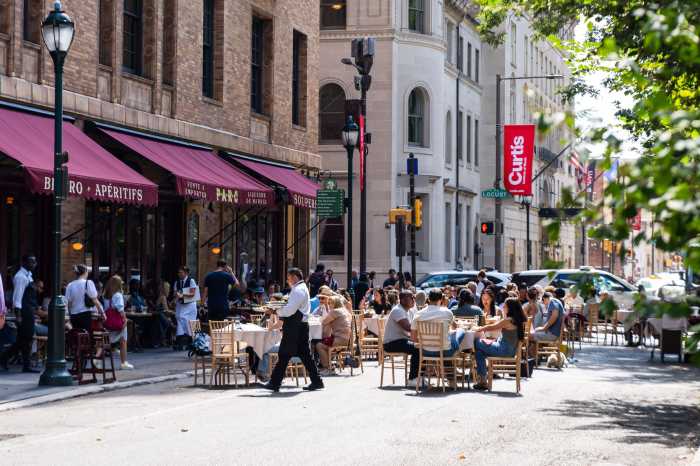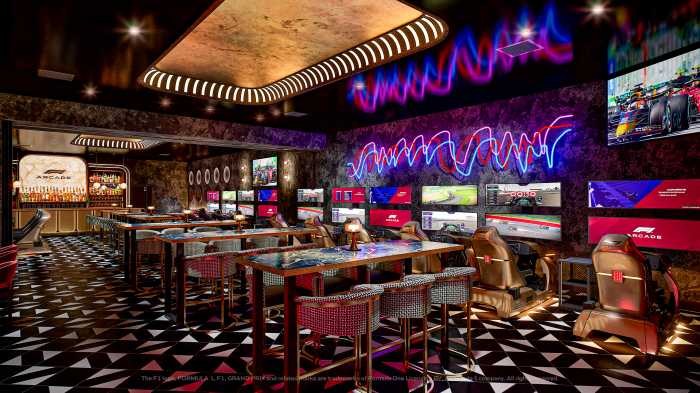Hyatt Centric Center City Philadelphia’s Maker Series celebrates the marvel of Women’s History Month with local artist Nataliya Yermolenko and her Women of the Arts collection.
Geared toward recognizable icons, Yermolenko’s painterly hand — her line, fine brushwork, use of space and light — reveals her training in fashion illustration. And her choice of charity for the Makers Series exhibition, Women Against Abuse, shows compassion toward those in need. Yermolenko’s work will be on display from March 2 through April 30.
Yermolenko recently sat down with Metro to discuss her evolution of work, inspiration and latest exhibition.
Do you have a background in fashion illustration? I’m asking because of the finesse and accuracy of your line and the space around-and-within your subject.
I studied fashion design at Massachusetts College of Art & Design, where fashion illustration was a strong focus. I had always been interested in portraiture and was drawing from age 12, predominantly in graphite, but at MassArt I was forced to implement color, which later crept its way into my work in oil.
It took some time to arrive at my current style and it was kind of an accident. I was in-between projects and wanted to transition to working in acrylics instead of oils due to its faster drying time, which enabled me to make quick changes and see the pieces start coming together more swiftly. I wanted to preserve the smooth quality I was so accustomed to in my illustrations, so I found I needed to block out colors more strategically with faint shade differences to create the depth I was previously achieving by blending.
I was drawn to the simplistic and clean aesthetic of the 80’s neo-deco style, which itself features a lot of portraits, specifically portraits of women across a vast range of prints, film posters, album art, signage, etc. The 80’s had a certain brand of femininity that called for this aesthetic — leg warmers, headbands, big hair, and lots and lots of neons. While you won’t find these elements directly referenced in my paintings, the style is present in my approach to shading, proportions and clean lines.
What must attract you to a subject in order to paint it, to create it, to have passion behind it?
The most important quality that I am drawn to in portraiture is the impact of emotion that the subject has on others or myself. It can be a range of attributes that the subject possesses, from wisdom and compassion to serene beauty or an unapologetic sense of self. I am curious to know more about the person and while creating the work I often will listen to their music, read their book, listen to a podcast about their life or ask them questions if I have the ability to do so. The piece will usually come to life with the subtleties that I find myself constantly pondering over. Ultimately, I strive that they would be pleased with the representation.

What was your criteria for each ‘icon’ in your Women of the Arts series?
I wanted to encompass a range of women that transformed their respective industries and creative fields. I’ve had a strong desire to paint them for some time now. I wanted to feature a writer whose prose touched me, Maya Angelou. When I read “I Know Why the Caged Bird Sings” I had to repeatedly put the book down and step away from the torment that we she was so eloquently describing with the most tender words. It was difficult for me to fathom how she was able to find such delicate words to describe incredibly difficult experiences. On a slightly lighter note, Madonna – I’ve been obsessed with her since I was a preteen and I saw her again when she was 60. These women are pure magic in their own right.
Please tell us about your Ukrainian and Russian background, and your impression of the ongoing conflict. How do you believe it infects your work?
The conflict is a war in its most outright definition and it’s an absolute travesty that is disheartening on so many levels. My last name is Ukrainian. I was born in Moldova and I am part Russian, and such cases are far from uncommon. This makes it especially complicated because there are many people in Ukraine and Russia who are part one or the other, as well as many other ethnicities. Taking into consideration how transient the larger cities were among Soviet republics and how diverse the populations became across the 70-year lifespan of the Soviet Union, its inhabitants were from everywhere.
My paternal grandfather was Ukrainian but my father was born in Uzbekistan. My maternal grandfather was from Moldova and my grandmother was from Kazakstan but ultimately my parents met in St. Petersburg, and I was born in Moldova. We truly are from everywhere. Outside of political sovereignty, we’re talking about an active purge of ethnically related people and a culture that’s so close to that of Russia, it echoes the Stalinist regime.
There is a complicated mixture of emotions that’s difficult to fully articulate, ultimately sheathed in dumbfounded guilt, that my people are committing atrocious acts towards also, my people. I’m currently in the beginning stages of a new series that prominently features matryoshkas (Russian nesting dolls), through a lens that is reflective of all the facets of our cultures.
What signature of yours makes a work a “Yermolenko”?
The use of negative space would be the most unifying signature across these and my other works. Working in acrylics drives me to choose what elements need to be placed on the canvas and which need to be detained to still achieve a likeness and a recognition of the subject matter.





























